To my secret delight, I sat next to a gastroenterologist at a dinner in Singapore where I was presenting Austrian wines. I carry a mental list of questions for people in other professions and the list for doctors is particularly long and broad.

I endeavoured a little restraint before delving into questions about gut microbes (a hot topic) and meal size and their frequencies. I was then reminded of the phenomenon of facial flushing after seeing a few guests develop the ‘Asian glow’.
The red flushing brought on by the consumption of alcohol that commonly affects people of Asian descent, is caused by genes and the different alcohol dehydrogenase enzymes that they produce. For those that ‘glow’, the enzyme that breaks down alcohol into acetaldehyde, a toxic substance responsible for facial flushing, nausea and increased heartbeat, works rapidly and efficiently leading to an increased level of acetaldehyde in the body. The other enzyme that is supposed to convert acetaldehyde into acetate, a less toxic substance, is inactive. Effectively, the metabolism of alcohol is broken and I wanted to know if there was a fix.
I was thinking about my own family in particular because my father and brother both turn red with a few sips of alcohol, while my mother and I are less susceptible. I wondered about my ability to work as a wine buyer had I turned out to be like my brother due to the amount of wines that I taste and the attendance of evening events that often follows. My question to the good doctor was if one could build up tolerance to flushing? The answer was, “yes, you can induce tolerance” at which point she used herself as an example explaining that she has increased her flushing tolerance gradually by drinking a little bit more when flushed and now she can drink a glass or two without flushing. At this point it dawned on me that I too, have been building up my tolerance over the years. I still flush sometimes but only after more drinks than I would dare to share.
An important point to note is that flushing is a protective mechanism and although those that flush are less likely to become alcoholics (because excess drinking is physically uncomfortable), acetaldehyde is said to be carcinogenic, therefore, drinking in moderation is always the best advice.
Translated by Sylvia Wu / 吴嘉溦
All rights reserved by Future plc. No part of this publication may be reproduced, distributed or transmitted in any form or by any means without the prior written permission of Decanter.
Only Official Media Partners (see About us) of DecanterChina.com may republish part of the content from the site without prior permission under strict Terms & Conditions. Contact china@decanter.com to learn about how to become an Official Media Partner of DecanterChina.com.



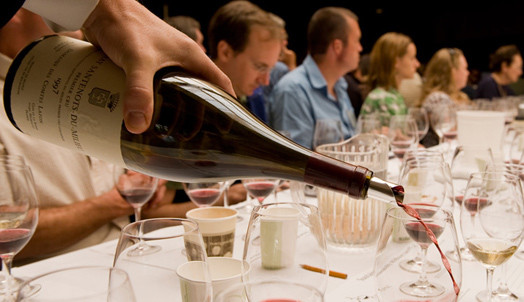
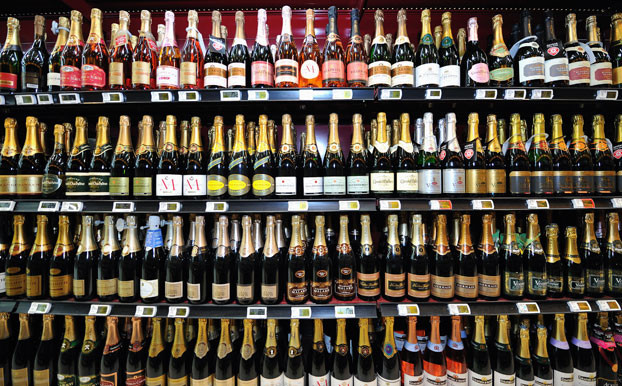


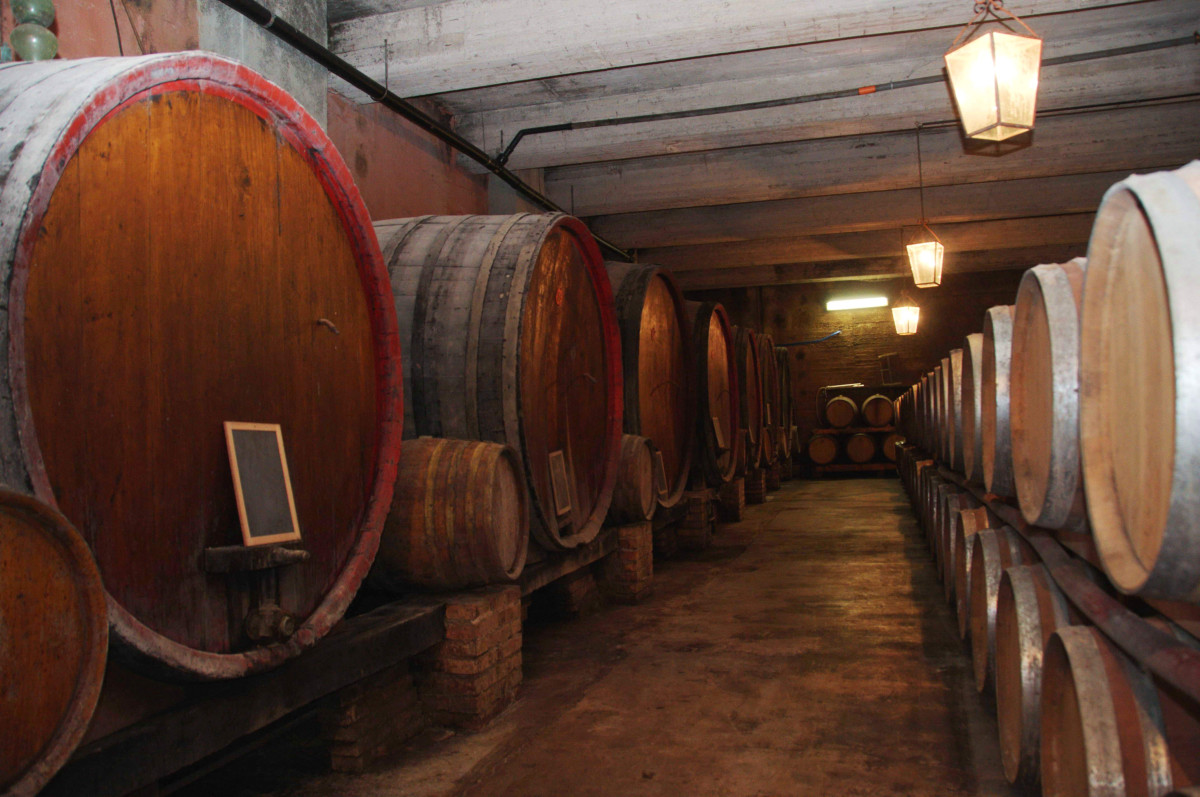
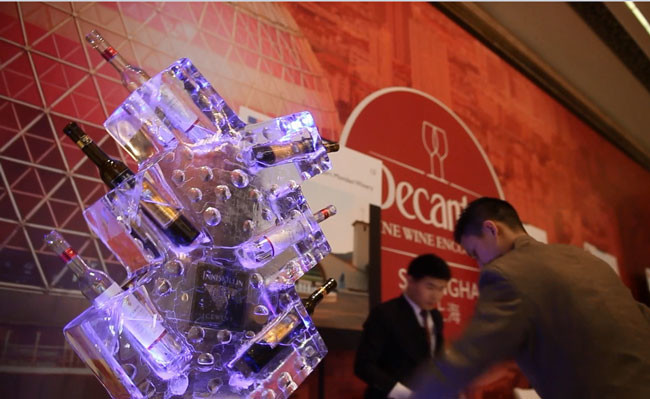

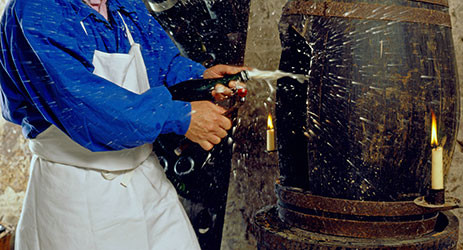
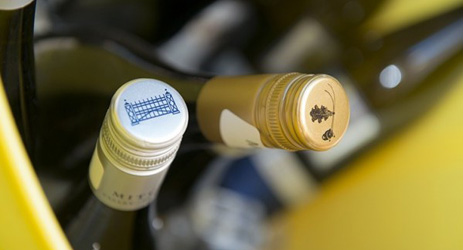
Comments
Submit